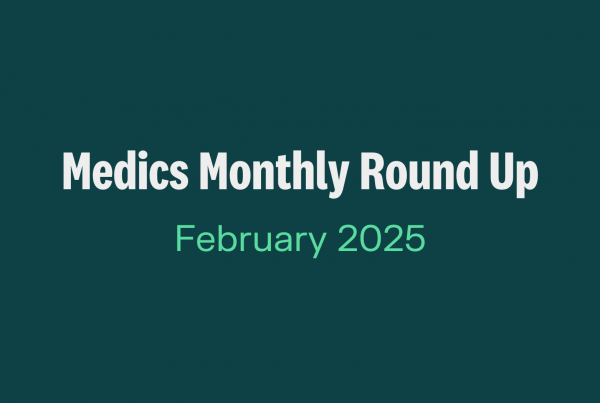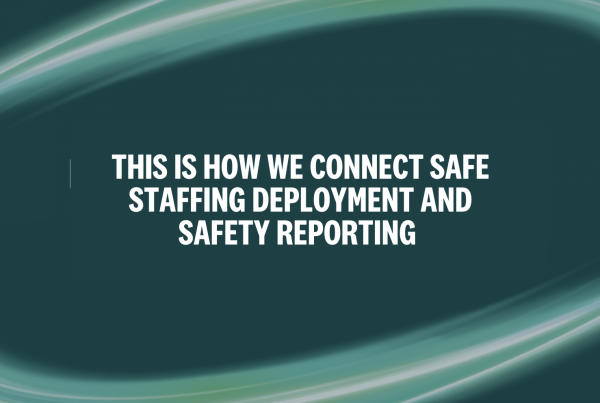 In our series of blogs, we share stories from a selection of trusts who presented at the recent Connected Health & Care Summit 2024.
In our series of blogs, we share stories from a selection of trusts who presented at the recent Connected Health & Care Summit 2024.
Summary
Avon and Wiltshire Mental Health Partnership NHS Trust (AWP) is the lead provider of healthcare for people with serious mental illness, learning disabilities and autism across Bath and North East Somerset (BaNES), Swindon and Wiltshire, and Bristol, North Somerset and South Gloucestershire. They treat people with a wide range of mental health problems, including: severe anxiety, severe depression, obsessive compulsive disorders, phobias, borderline personality disorder, schizophrenia and psychosis.
Through their partnerships, they also provide specialist care and treatment for people with more specific needs, including: Child and Adolescent Mental Health Services (CAMHS), drug and alcohol services, eating disorders, perinatal services specialist services for people with learning disabilities, deaf people with mental health needs and veterans mental health and wellbeing.
Managing agency spend
Avon and Wiltshire Mental Health Partnership NHS Trust (AWP) faced a significant challenge in managing its agency expenditure. The extensive use of agency staff, particularly those from tier 2 & 3 agencies, was driving up costs, especially for nursing and healthcare support worker roles. The trusts use of short notice/high cost off-framework agencies, who operate outside price caps added further financial strain. AWP needed to reduce these costs while maintaining high standards of patient care and avoiding an increase in unfilled shifts. Additionally, the trust sought to streamline its recruitment process to increase its internal bank fill rate, ensuring adequate staff coverage without excessive reliance on costly external agencies.
A phased plan
AWP implemented a focused strategy to tackle this issue, beginning with the elimination of off-framework agencies. By analysing data to better understand agency usage patterns, the trust developed a phased plan to reduce its dependence on tier 2 and 3 agencies. For agencies unable to meet the required price cap compliance, AWP transitioned its staff to tier 1 agencies, or encouraged them to join the internal staff bank or take on substantive roles.
In parallel, the trust optimised its recruitment process, introducing a fast- track pathway to help agency staff transition into substantive and bank roles more efficiently. This involved streamlining the hiring process and enhancing the overall experience for bank staff, making internal bank positions more attractive. RLDatix’s HealthRoster and BankStaff were integral to helping better manage its staffing needs, balancing financial control with service quality.
Reflecting on the improvements in recruitment, Russell Jones says: “Streamlining our recruitment process for bank staff made a significant difference and by making bank roles more attractive, we were able to increase our internal fill rates, cutting down on the need for costly agency staff.”
“The transition away from off-framework agencies was a game changer for us. The work to manage the removal of off-framework provided us with a model we were able to utilise to remove tier 2/3 agencies. It not only reduced costs but also helped ensure our staffing consistency increased while also improving the quality of care.”
Achievements
By April 2024, AWP had successfully ended the use of off-framework and by July 2024 phased out the use of tier 2 and 3 agencies. All agency staffing became price cap compliant with tier 1 agencies as the sole source (with the exception of some identified specialist roles, these roles have a target for price cap compliance of October 2024, which we are on target to hit).
The trust saw a significant improvement in its nursing bank fill rate, which increased from 49% to 72%, reducing the need for external agencies. The unfilled shift rate remained stable at 4-5%, demonstrating that the reduction in agency use did not lead to a staffing shortage. By using our own bank staff we are able to provide more consistent and higher quality care.
Financially, AWP achieved substantial savings, with monthly spending on agency HCSWs dropping from £1.1 million to approximately £100,000. Similarly, the cost of agency nurses decreased from £1.7 million to £800k per month. This comprehensive approach enabled AWP to maintain high- quality care while significantly reducing its agency expenditure.
“RLDatix’s HealthRoster and BankStaff were instrumental in our success,” says Russell. “These tools gave us the flexibility and control we needed to manage our workforce more effectively, while still meeting the demands of patient care.”
Top tips
- Use data to drive decisions: Analysing data on agency usage patterns allows organisations to make informed decisions, helping to reduce dependence on non-compliant agencies and improve bank fill rates.
- Enhance the bank staff experience: Improving the working
conditions and benefits for bank staff makes internal positions more attractive, helping to fill shifts internally and reduce the need for costly agency staff. - Maximise workforce management tools to their fullest: Utilise tools such as RLDatix’s HealthRoster and BankStaff to optimise workforce planning, reduce agency spend, and maintain service quality.
In addition, the trust were winners of the Sustainable Organisation Award in the RLDatix Awards 2024. This award recognises an organisation that has demonstrated commitment to creating a sustainable and resilient future.
To watch a recording of the session at the Summit, please visit our ‘OnDemand Hub’ here.





